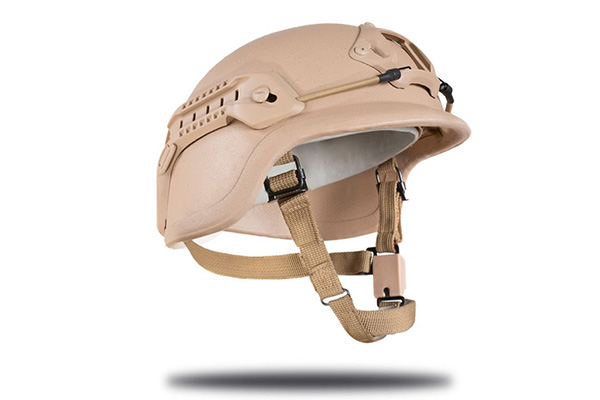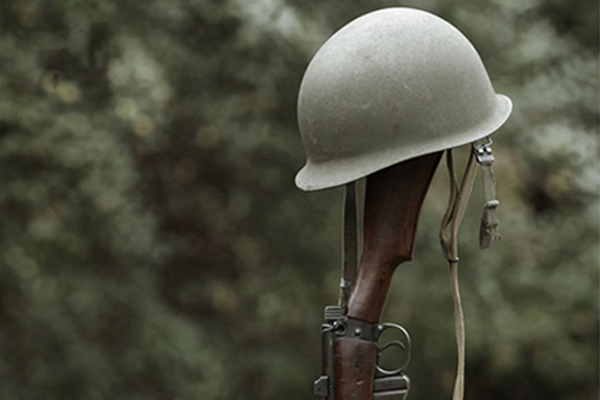What Ballistic Helmet Does the Military Use?
Introduction
In the world of military gear and equipment, protection and safety are paramount. One crucial piece of protective gear that plays a vital role in safeguarding military personnel is the ballistic helmet. These helmets are designed to provide protection against a variety of threats, including bullets, shrapnel, and other projectiles. In this blog post, we will delve into the world of military ballistic helmet, exploring the types, features, and technologies that the military uses to keep its soldiers safe.
The Importance of Ballistic Helmets
Before we dive into the specifics of the ballistic helmets used by the military, it’s essential to understand their importance. Ballistic helmets are a critical component of a soldier’s personal protective equipment (PPE). They serve as the first line of defense against head injuries and fatalities caused by firearms, explosions, and fragments. These helmets are designed to absorb and dissipate the energy generated by ballistic impacts, reducing the risk of injury.
Types of Ballistic Helmets
- PASGT Helmet (Personnel Armor System for Ground Troops): The PASGT helmet was widely used by the U.S. military during the 1980s and 1990s. It features a distinctive shape and is made of Kevlar, providing protection against handgun rounds and shell fragments. While it’s no longer the standard issue, it laid the foundation for modern ballistic helmets.
- ACH/MICH Helmet (Advanced Combat Helmet/Modular Integrated Communications Helmet): These helmets are an evolution of the PASGT helmet and are designed to be lighter and more comfortable. They are made of advanced materials and provide protection against 9mm bullets and fragmentation.
- FAST Helmet (Future Assault Shell Technology): The FAST helmet is known for its high-cut design, which allows for better compatibility with communication devices and night vision goggles. It is commonly used by special operations forces.
- Ops-Core Helmet: Ops-Core helmets are renowned for their advanced features, including increased ballistic protection, comfort, and modularity. They are often used by elite military units and law enforcement agencies.
- Ballistic Shields and Visors: Some military helmets come equipped with ballistic shields and visors that provide additional protection for the face and eyes while allowing soldiers to maintain visibility and communication.

Technologies and Features
Military ballistic helmets are equipped with various technologies and features to enhance their performance and adaptability. These may include:
- Ballistic Materials: Advanced materials like Aramid fibers and composite materials are used to make helmets lighter while maintaining high levels of protection.
- Helmet Liners: Modern helmets often have adjustable liners and padding for a secure and comfortable fit.
- Modular Design: Many helmets are designed with modular rails and accessories, allowing soldiers to attach night vision devices, communication systems, and other equipment.
- Camouflage and Cover Options: Helmets can be customized with different camouflage patterns and covers to blend in with specific environments.
Conclusion
In the ever-evolving landscape of military equipment, ballistic helmets play a crucial role in protecting the lives of servicemen and women. The military employs a range of helmet types, each tailored to different roles and requirements. These helmets continue to evolve, incorporating cutting-edge materials and technologies to maximize protection and comfort. As we look to the future, the safety and well-being of our military personnel will remain a top priority, and ballistic helmets will continue to be a vital component of their gear.

